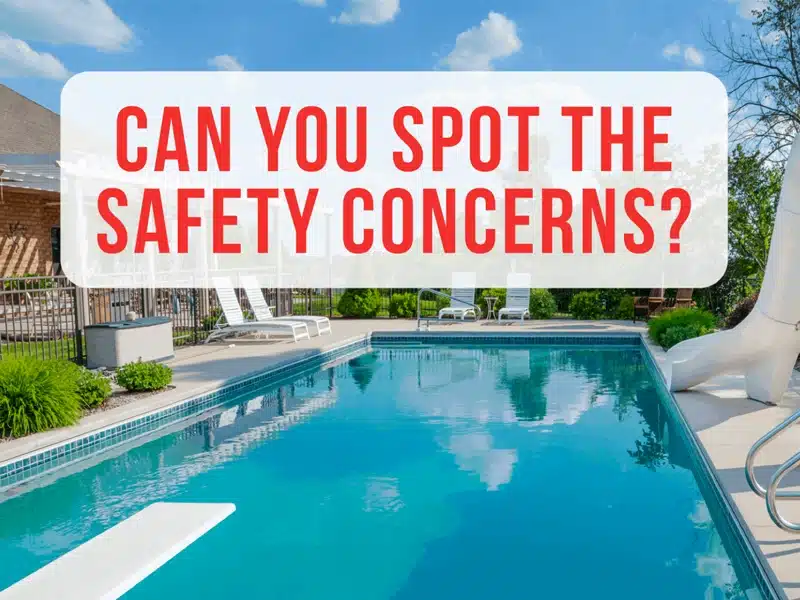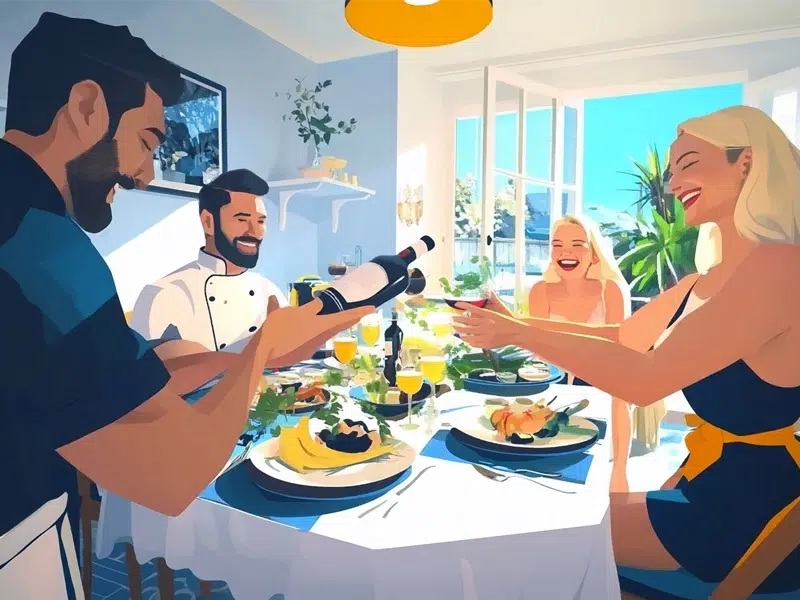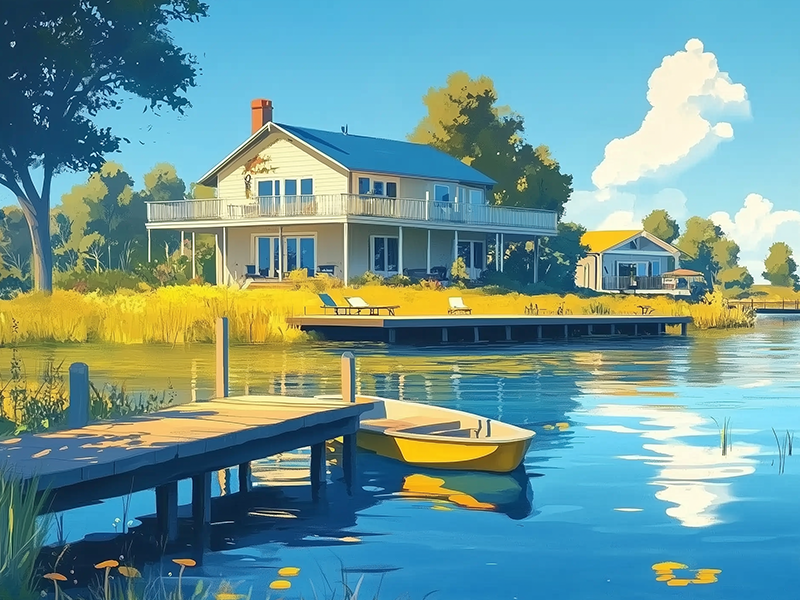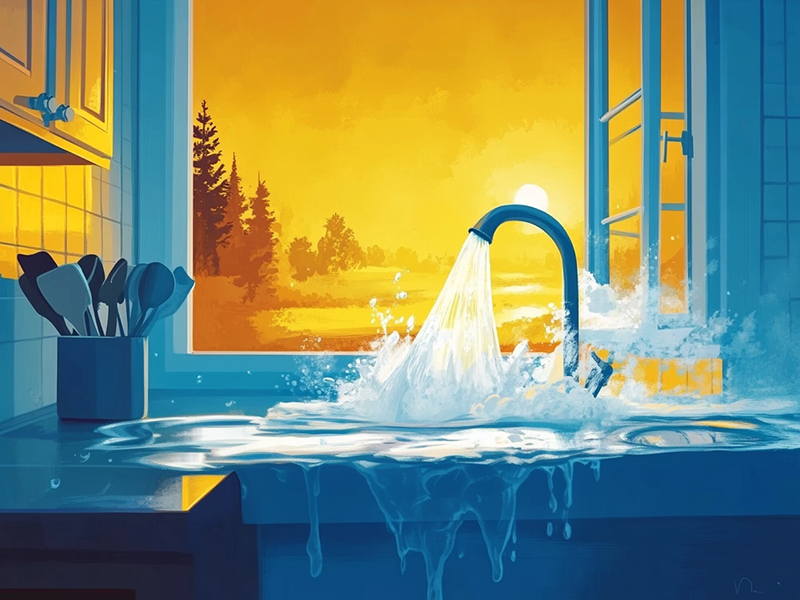Making Vacation Rental Safety a Top Priority
Safety continues to be a growing concern in the vacation rental industry for short-term rental owners and guests.
In the last two decades, the short-term rental market has experienced exponential growth. With the increasing demand for short-term rental properties driven by booking platforms such as Airbnb and Vrbo, more professional managers, property owners, and even hosts with side hustles have entered the vacation rental market. Adhering to safety standards should be the top priority, given the range of skill sets and backgrounds of those supplying the industry with rentals.
Thankfully, bringing a short-term rental property up to today’s safety standards is possible and can be accomplished with little effort.
By following safety guidelines and taking proactive measures, you can minimize the risk of accidents and negligence on your part while being confident in the safe and welcoming environment you provide for your guests.
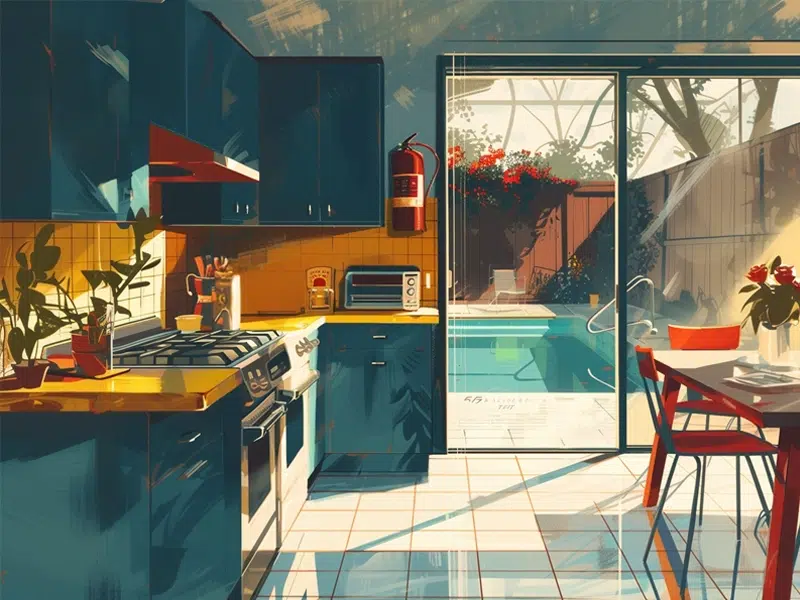
Prioritizing Safety in a Short-Term Rental
When you have a vacation rental property, the guest trusts that you have their well-being top-of-mind by ensuring that the home is a safe place for them to enjoy. However, many property managers and hosts focus on what décor and amenities will help get the property rented rather than the most important aspect — safety.
Safety concerns are often only mentioned during inspections or licensing of a short-term rental property if required by state or local regulations. However, less than 1% of localities in the USA require inspections prior to being able to legally short-term rent. For the other 99% of places, the property owner or host may only consider basic life safety (like smoke and carbon monoxide alarm installation) when prompted by booking sites like Airbnb or Vrbo.
However, to put safety further into perspective, Airbnb lists a carbon monoxide alarm and a smoke alarm as an amenity of a property rather than a requirement. This frames safety in the realm of a luxury add-on instead of making basic life safety a requirement. That is why it’s important for hosts and owners to put safety at the top of their own checklist since it is certainly not the top priority for many booking platforms.
The US Consumer Product Safety Commission (USPSC) provides updated information on home safety and commodity items. Short-term rental hosts should become familiar with these resources and regularly adjust their properties to adhere to their standards.
Key Areas for Your Safety Checklist
Breezeway, a short-term rental property care & operations software company, has researched hundreds of lawsuits, insurance claims, and press reports on accidents at short-term rentals to create a comprehensive list of things that should be addressed in short-term vacation rental properties to prevent accidents, such as slip and falls, carbon monoxide poisoning, and more.
A few areas to focus on that are included on Breezeway’s safety checklists include:
Swimming Pool and Hot Tubs
If you offer a swimming pool or hot tub at your rental, you should follow the federal Safety Barrier Guidelines for Residential Pools.
Swimming pools and spas should have safety features similar to those at a local hotel, including items like safety signage, depth markers, and rescue tools. Hosts should not provide toys or flotation devices that the US Coast Guard does not approve.
Research the building code standards required in your state, as well as become familiar with the National Fire Protection Association (NFPA) Publication 101. NFPA offers free access online for rental property owners and managers to browse. International Building Codes have been adopted by almost all US States and apply to short-term rentals. Both of those sources will be referenced in a lawsuit against you if you have an accident at your rental and you are accused of negligence by not adhering to them.
Stairways and Handrails
All stairways should have handrails. Continuous handrail(s) should be on at least one side of all stairs with three or more steps to ensure guests don’t fall.
The addition of lighting will provide good visibility for the guests going up and down the stairs at night. If they can see well, then guests won’t trip and fall in walkways and on driveways as they move about the property. Lights should be automated and turned on for the days when guests first arrive until after dark.

Grills and Outdoor Cooking
Barbecue grill placement is key to preventing a structure fire at the short-term rental. Grills need to be kept at least 3 feet away (preferably 10 feet) from combustible things like buildings and deck roof overhangs.
Fire extinguishers go hand-in-hand with fire hazards. Fire extinguishers should be available outside and inside the short-term rental property. Properly mounted fire extinguishers are a necessity in short-term rental properties. While you must have one for the kitchen or near fireplaces/stoves – additional ones on every floor of the rental are recommended. They must be mounted with the brackets they came with 3 to 5 feet off the floor as required by international building codes.
Bunk Beds
Bunk beds must meet federal safety requirements. The photo below of bunk beds in a short-term rental may look comfortable and inviting – but they are not safe, nor do they meet Proper Insurance underwriting requirements.
Federal law requires bunk beds to comply with the bunk bed standard and with additional requirements, including those of the Consumer Product Safety Improvement Act of 2008 (CPSIA). To be specific, “The tops of the guardrails must be no less than 5 inches above the top of the mattress.”

Carpets and Area Rugs
Carpets and area rug trip hazards should also be a focus when thinking of safety in a short-term rental property This folded-up carpet corner in a living room led to a guest injury in a short-term rental. If you have rugs on wood or tile floors for aesthetic purposes, reconsider their need or secure them to the floor.
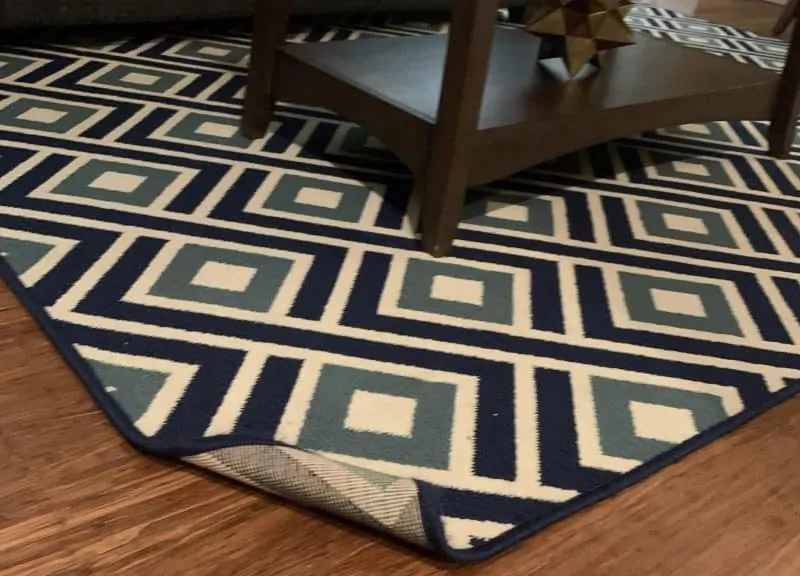
Consider Adding Emergency Contact Information Card
Emergency Safety Cards are an important life-saving tool. Emergency information needs to be prominently displayed in the rental, preferably on the refrigerator. The emergency contact information card should provide guests with their location in the instance that they need to call 911, as well as where important safety features of the rental are located, like a fire extinguisher, exits, etc.
Safety Inspection and Certification Program
Today’s guests want to stay in high-quality properties. Safety and regular maintenance are at the core of this expectation.
That’s why Proper Insurance is partnering with Breezeway to reward short-term rental owners and property managers who uphold the highest attention to safety standards. By completing Breezeway’s Safety Certification program you can receive up to 10% off of your Proper Insurance premium. You can also access Breezeway’s cleaning and guest experience platform at an exclusive discount. Contact your Proper Insurance agent for more information.
Verify Your Short-Term Rental Insurance
Proper Insurance is the nation’s leading short-term vacation rental insurance provider, with the most comprehensive policy on the market. We protect homes in all 50 states with unmatched coverage for your property, revenue, and business liability, customized to include guest-caused theft/damage, liquor liability, amenity liability (bikes, kayaks, hot tub, etc.), bed bugs, squatters, and more. Our policy covers vacation homes, townhouses, condos, duplexes, cabins, cottages, apartments, and more. With expert underwriters, we can tailor a policy specific to your short-term rental property.
